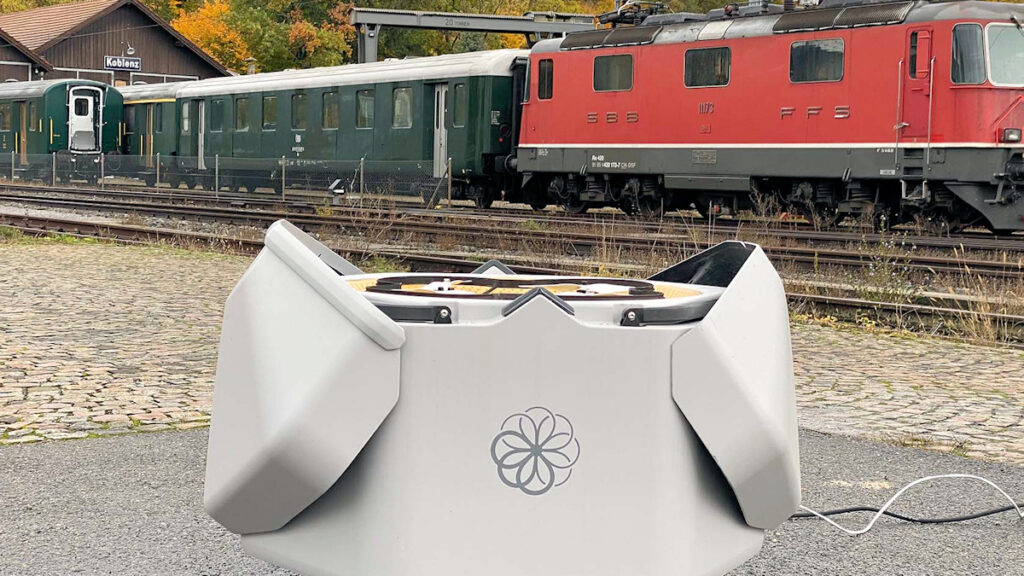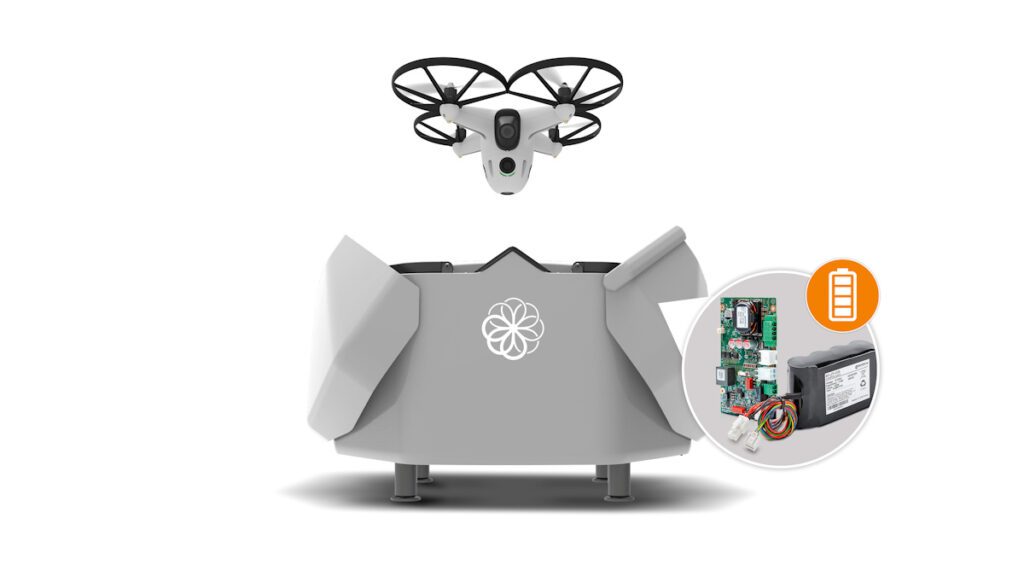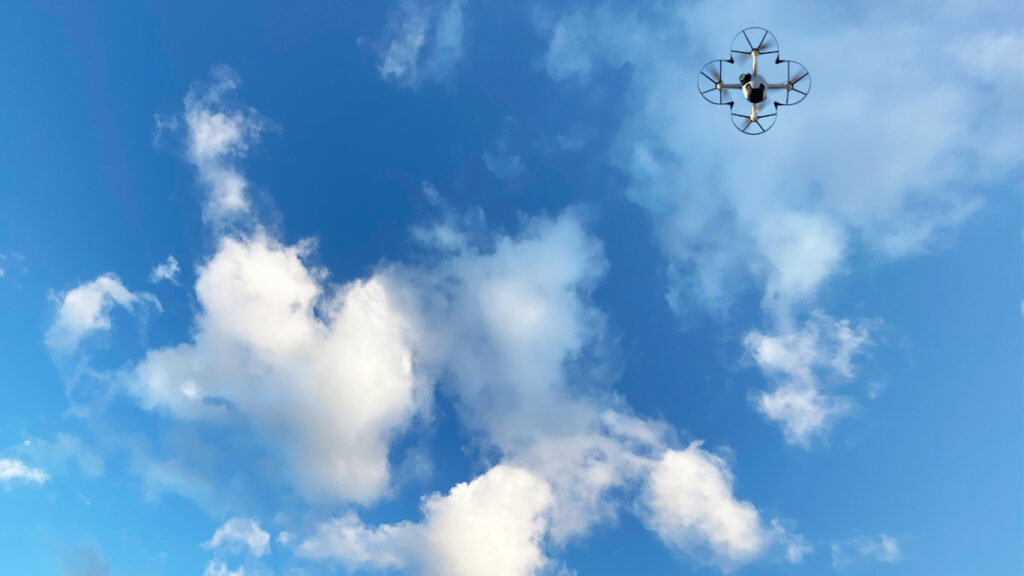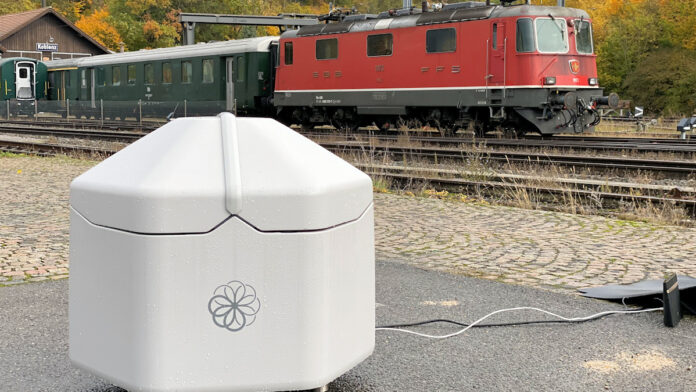Alarm.com Growing Sunflowers With Automated Drone Integration.
Alarm.com Growing Sunflowers – Alarm.com has partnered with Sunflower Labs to offer a security drone with the ability to monitor a 10-acre property in only 90 seconds.
Drones are a brilliant technology for security applications but integrating them into a security system, especially a smaller system, demands considerable expense. The partnership between Alarm.com and Sunflower alters that, allowing drone footage to be assessed by Alarm.com analytics and managed through Alarm.com software.
There are a number of ways a drone can be activated by a user or control room, including automatically via Alarm.com cameras and intrusion sensors such as the long-range Flex 10. It’s also possible to pair the drone with Alarm.com’s Remote Video Monitoring Services and have it monitored by a professional team.

It’s the precipitous nature of response that’s going to be appealing to many serious security people. Drone response can be activated by a sensor or an IVA breach such as a line crossing after which the system will activate a drone from standby to airborne in 5 seconds, to any point on a 4-acre property in 30 seconds and to any point on a 10-acre property in less than 90 seconds. This makes response considerably faster than an on-site security patrol.
Sunflower Labs drone solution is a combination of a drone called The Bee and a remote housing called The Hive. The bee is a 1.56kg drone that’s 48 x 48 x 21 cm in size, including prop guards, and operates using multi-band multi-constellation RTK.

The drone’s camera features a Sony IMX385 low-light sensor with a low light capability of around 0.1 lux, has a 50-degree angle of view and offers a resolution of 1920 x 1080p. The drone cruises at 14.5km per hour and has an operational flight time of 15 minutes with a 5-minute safety reserve.
Alarm.com Growing Sunflowers
The battery has a capacity of 4000mAh, required bandwidth is 3Mbps, obstacle avoidance is 6 metres, maximum transmission distance for operations is 600 metres and gust resistance is 30kmph. The drone can operate in temperatures between -10 and 40C and has a hover accuracy of 30cm. The important recharge time ratio is 1:1.5, which means a 10-minute flight would require a 15-minute time to full recharge.
Meanwhile, the Hive houses and charges the Bee, as well as processing and analyzing sensor data using embedded AI computing. The Hive weighs 35kg, has a 1-hour backup battery, open dimensions of 98 x 80 x 63 cm, Ethernet and an optional LTE modem, operates between -20 and 50C, and is powered by 220V AC for ANZ applications.
This solution was new for ISC West so it’s not likely to be available in Australia yet. If you call suppliers like BGW Technologies, bear that in mind and don’t tell Alarm.com where you heard about this system or they might ask us to take the story down.
There’s more information about Sunflower Labs here, more about Alarm.com here, you can learn more from BGW Technologies here or read more SEN news here.
“Alarm.com Growing Sunflowers With Automated Drone Integration.”









